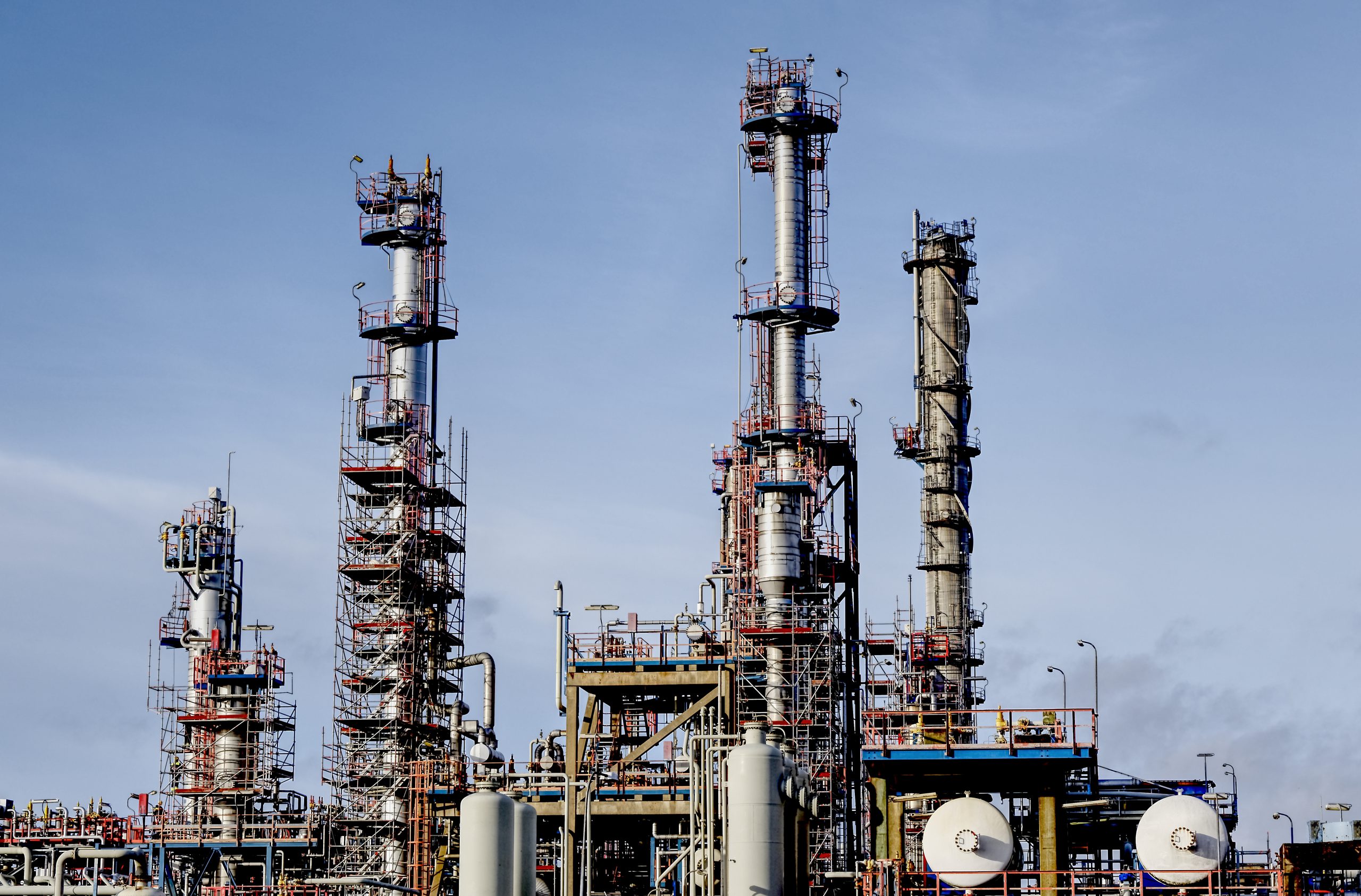
The importance of reverse osmosis membranes in different factories
We are always working to provide all the needs of reverse osmosis plants with the latest technologies such as reverse osmosis membranes and various spare parts. RO reverse osmosis technology is widely used in many industrial applications due to its effectiveness in water purification. You can find examples of such applications in this article. Here are some examples of how reverse osmosis membrane technology can improve water purification in different plants:
Improved removal of contaminants
Reverse osmosis membranes are highly efficient at removing a wide range of contaminants from water, including dissolved salts, heavy metals, organic compounds, and bacteria. This ensures that the water used in industrial processes is free of impurities that could affect product quality or damage equipment. Especially when using high-quality reverse osmosis membranes manufactured with the best materials and technologies.
Increased water recovery
Reverse osmosis membranes have made significant advances in water recovery rates, allowing industrial plants to maximize water use efficiency. By selectively separating clean water from the concentrated brine stream, reverse osmosis systems can recover a greater portion of the feed water, reducing total water consumption and wastewater generation.
Prevention of flaking and blemishes
Scale and impurities are common challenges in industrial water systems. RO membrane technology has evolved to include advanced anti-scale and anti-fouling features, such as enhanced membrane surface coating and pretreatment processes. These innovations help reduce membrane contamination, extend membrane life, and reduce the frequency of cleaning and maintenance procedures.
Energy efficiency
Modern reverse osmosis membrane systems are becoming more energy efficient, reducing operational costs associated with water purification in industrial plants. Innovations such as low-energy membranes, energy recovery devices, and improved system designs have contributed to significant energy savings, making reverse osmosis technology more economically viable for industrial applications.
Process integration
RO membrane technology can be seamlessly integrated into existing industrial processes. Whether they are used for raw water pretreatment, process stream concentration, or wastewater treatment. Reverse osmosis systems offer flexibility and compatibility with different plant processes. This adaptability allows manufacturers to tailor water filtration solutions to their specific needs and improve overall process efficiency.
How to choose the appropriate type of membranes in the design of osmosis plants
Membranes are chosen according to the nature and type of water and salts, their components, and the type of membrane material itself. For example:
- Water with salts greater than 15,000 ppm, such as seawater and some wells, uses a Sea water membrane.
- Brackish water, which contains salts from 10,000 to 15,000 ppm, is used as a brackish water membrane.
- Wastewater is allocated to certain membranes as well … and all this is according to the recommendations of the producing companies.
- Also, based on the salts that we require in the produced water, we choose the type of membrane.
- For example, if we want salts with a small percentage, we choose a membrane that has a high salt rejection or a low salt passage.
If we discuss the dimensions of the membranes in general:
- 4-inch diameter films are only selected if the required production rate is less than 3 cubic meters per hour.
- If it was more than that, we would choose 8 inches in diameter and 40 inches in length, which is usual and familiar in the world of osmosis.
- In high-productivity stations, we choose membranes with a diameter of 16 inches.
These examples highlight how reverse osmosis membrane technology has revolutionized water filtration in various plants. This enabled it to achieve higher water quality standards, improve sustainability, and lower operating costs.
























